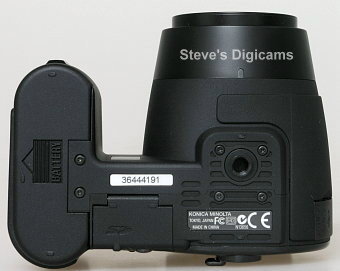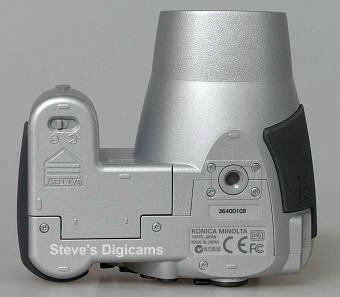
Seiki Kogaku (later Canon) would create a copy of the Leica II rangefinder called the Hansa Kwannon which upon it’s release, would be known as the first Canon camera. Like Nippon Kogaku, a lot of those early Japanese cameras were heavily based off existing German designs. Little, if any, of Nippon Kogaku’s early production ever made it into the hands on non-military personnel.Īs a result, in the 1920s and 30s, a variety of smaller optics companies would be formed to produce cameras and other commercial goods. Nippon Kogaku’s primary goal was to produce optical equipment for the Japanese Imperial Navy such as submarine scopes, binoculars, and other equipment. As a result, in 1917, the three most prominent Japanese companies, Iwaki Glass Seizo-sho, Tokyo Keiki Seisaku-sho, and Fuji Lens Seizo-sho all merged together to form a single national Japanese optics company, which would be called Nippon Kogaku Kogyo Kabushiki Kaisha, or Japan Optical Industries Co., Ltd. Japan was no longer able to get things from Europe and were forced to rely on their own ingenuity and optical knowledge. This all changed when the first World War broke out in Europe. Since the early 20th century, the bulk of Japanese optics were either imported or copied from German designs. The Japanese camera industry has a had a long history of mimicking and copying the German camera industry. Viewfinder: Coupled Reflex Waist Level Viewfinderįlash Mount: Coldshoe and M and X Flash Sync Lens: 75mm f/3.5 Chiyoko Rokkor coated 4-elements (taking), 75mm f/3.2 View-Rokkor coated 4-elements (viewing) Later Autocords could be equipped with a CdS light meter and support for 220 roll film.įilm Type: 120 Roll Film (twelve 6cm x 6cm exposures per roll) The Autocord series had features that compared favorably to the Franke & Heidecke Rolleiflex of the same era, including an excellent 4-element f/3.5 Rokkor lens, lever wind with automatic frame advance, helical focus, self-timer, and double exposure override. It is the only Autocord with a Seiko shutter, but without a light meter. This particular model is an export model for North America, and was made in 1958. The entire Autocord series was very popular and produced several variants.


This is a Minolta Autocord Twin Lens Reflex camera made by Chiyoda Kogaku Seiko between the years of 19.


 0 kommentar(er)
0 kommentar(er)
